As a teenager, gamer and burgeoning programmer growing up in the early '80s, Mark Cerny says he envisioned fame and fortune coming from his dream career in the game industry. But the development of Marble Madness at the end of arcade gaming's golden age didn't quite work out that way, he said. “If I could just get one penny out of that quarter, that's be, like, millions of dollars,” he recalled thinking as a youngster, speaking during his 'classic postmortem' session at GDC 2011 in San Francisco on Friday. Unfortunately, the actual economics of the arcade industry, with marked-up cabinets beings sold through to distributors and operators, meant it didn't quite work that way. “We made the game, but we wouldn't get those quarters.” But the more galling part, for Cerny, was that he got no public credit as Atari's 16,000th employee. “We were forbidden from telling people we were making these games,” he recalled somewhat bitterly. Even when EA ported the game to Amiga, the two programmers working on the port were featured on the packaging, because Atari wouldn't let Cerny and his team be publicized as the creators. The good news about the arcade industry, though, was the creators' direct involvement with the games. Everyone was a programmer, designer and artist in one, and their destiny was controlled by the direct success of their games in a bustling marketplace, not by nonexistent marketing dollars. But the downside of this model was a form of “monetization hell” in which two out of three games were cancelled near completion thanks to poor performance at their first location test. Such was the case for Cerny's first title, an unreleased tile-shifting and duck-guiding game called QWAK!, which is now playable on MAME. The market necessitated that Cerny's next game be totally unique in both concept and controls, he said. It also needed to be a two-player game, because two coins meant double the profits, a necessity during the mid-crash year of 1983, when sales were down as much as 90 percent across the arcade industry. He loved the 3D graphics being shown in games like Battlezone and I, Robot, but felt the games were too floaty and too undetailed, respectively. He strived to make the first arcade game with “solid and clean” 3D graphics, and was only somewhat annoyed when colleague Franz Lanzinger did it first with his game Crystal Castles. Inspired by mini-golf, Cerny first thought of a game that let players use a touch-screen to place bumpers and guide a ball around the course, an underdeveloped idea that was universally hated around Atari. His second idea involved a two-player marble racing game with motorized trackballs that would actually spin in conjunction with the ball on screen, so you could feel the speed under your palm. Both these ideas got lost during the development process – the competitive races ended up being won or lost based on annoyingly minute differences in play, and the motorized trackball system wasn't physically workable. A plan for dynamic playfields, with bumps and obstacles that chased the player, was also canned before release, because “it had a weird rat under the rug feel to it,” Cerny recalled. Breakable glass supports, black hole traps and teeter-totters similarly ended up on the cutting room floor for one reason or another. The key to the game's clean 3D graphics was a clever system that combined the bet of RAM-based vector graphics and ROM-based raster graphics, Cerny said. The final implementation required a combination of hand-drawn tiles to represent intersecting planes and computationally-generated ray-tracing that gave the grid a smooth, shaded look. Clever shadows placed on some tiles game a good illusion of depth to many level element, as wells. Just before release, Cerny recalls Atari wanted to add a smiley face to the actual marble, to give the game an identifiable, Pac-man-like main character. “I wanted to do this abstract Escher-esque game where nothing had eyes, and here they were saying 'That's not a marble, that's a happy face!” They ended up with a compromise where the cabinet showed a marble with a subtle hint of a smile, but no identifiable face. When the game finally shipped in December of 1984, it sold 4,000 units – low by the standards of a few years prior, but high enough to be the best-seller of the year. It was the number one-earner for six weeks straight in 18 arcades Atari tracked, Cerny said, but dropped off in every one during week seven because, as Cerny says, “it's a four minute game.” Looking back, he wonders why he didn't do a little extra work to add more levels and make an eight-minute game that may have been a more long-lived earner. Comparing game development back then to development today, Cerny regretted that there are now fewer games with an old-school small scope. “You got one concept – asteroids and a spaceship, go! – and we were in an environment that required that commitment to that idea,” he said.
GDC 2011: Mark Cerny Discusses Marble Madness' Turbulent Development
March 4, 2011

Tags:
event-gdc
Subscribe to our newsletter
About JikGuard.com
JikGuard.com, a high-tech security service provider focusing on game protection and anti-cheat, is committed to helping game companies solve the problem of cheats and hacks, and providing deeply integrated encryption protection solutions for games.
Top

This Motorola foldable is on sale for $100 off - here's why I recommend it over most slab phones
Aug. 9, 2025

The best Linux distros for beginners in 2025 make switching from MacOS or Windows so easy
Aug. 9, 2025

I answered the million-dollar question about buying laptops - here's the ultimate guide
Aug. 9, 2025

3 portable power stations I travel everywhere with (and how they differ)
Aug. 9, 2025

I tried Lenovo's new rollable ThinkBook and can't go back to regular-sized screens
Aug. 9, 2025
Recent

This Motorola foldable is on sale for $100 off - here's why I recommend it over most slab phones
Aug. 9, 2025

The best Linux distros for beginners in 2025 make switching from MacOS or Windows so easy
Aug. 9, 2025

I answered the million-dollar question about buying laptops - here's the ultimate guide
Aug. 9, 2025

3 portable power stations I travel everywhere with (and how they differ)
Aug. 9, 2025

I tried Lenovo's new rollable ThinkBook and can't go back to regular-sized screens
Aug. 9, 2025

5 iOS 26 features that made updating my iPhone worthwhile (and how to try them)
Aug. 9, 2025

Healthcare cybersecurity failures put patient safety at risk, Modat warns
Aug. 9, 2025

France telecom exposes millions of customer records
Aug. 9, 2025

GPT-5 launch sparks backlash as OpenAI removes ChatGPT model choice
Aug. 9, 2025
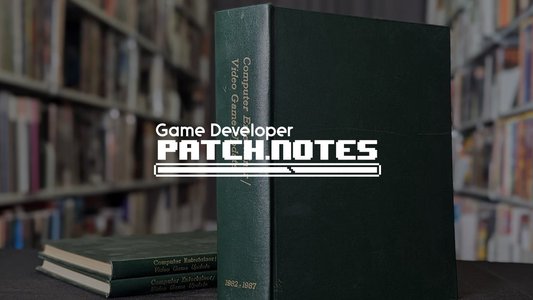
Patch Notes #17: Raven workers secure union contract, VGHF acquires Computer Entertainer, and Ziff Davis makes layoffs after bumper quarter
Aug. 8, 2025
Blog

Unreal Engine Game Protection Solution
Aug. 8, 2025

How games detect speed-hack cheats
Aug. 6, 2025

JikGuard game protection supports Google Play's 16 KB page-size compatibility requirement
Aug. 1, 2025

JikGuard game protection supports Steam Deck
July 30, 2025

Security Risk Analysis for Racing Games
July 28, 2025

Are there hacks that increase gacha pull rates?
July 24, 2025

VMOS Open-Source: New Threat to Game Security
July 18, 2025

How Games Detect Black and Gray Studio
July 15, 2025

How Games Detect iOS Jailbreaks
July 11, 2025

FPS Game Anti-Cheat Solution
July 9, 2025
Random

The Bluetooth tracker I trust more than AirTags - whether you use iPhone or Android
Aug. 8, 2025

Have stock questions? Google Finance tests new AI chatbot
Aug. 8, 2025

Healthcare cybersecurity failures put patient safety at risk, Modat warns
Aug. 9, 2025

My biggest regret after updating my iPhone to iOS 26 (and how to fix it)
Aug. 8, 2025

8 settings you should change on your Motorola phone to easily improve the battery life
Aug. 8, 2025

This digital graffiti project is making the internet fun again, pixel by pixel - see for yourself
Aug. 8, 2025

Why I no longer travel without this portable battery - and it's not made by Anker or Ugreen
Aug. 8, 2025

Microsoft rolls out GPT-5 across its Copilot suite - here's where you'll find it
Aug. 8, 2025

How to get your share of AT&T's $177M data breach settlement - secure that $7,500 payout ASAP
Aug. 8, 2025

Laser Digital first to offer regulated crypto options in Dubai
Aug. 8, 2025
Most Views
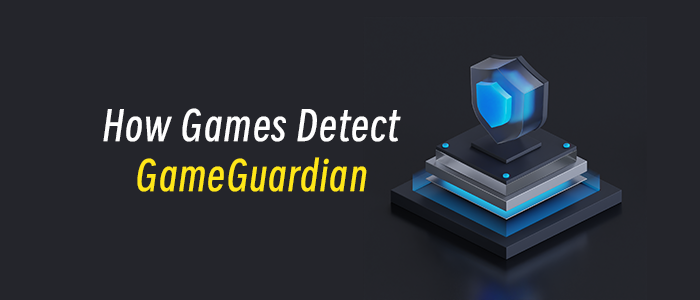
How Games Detect GameGuardian
March 17, 2025
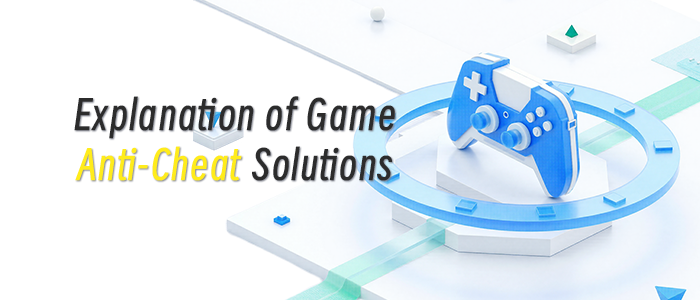
Explanation of Game Anti-Cheat Solutions
March 17, 2025
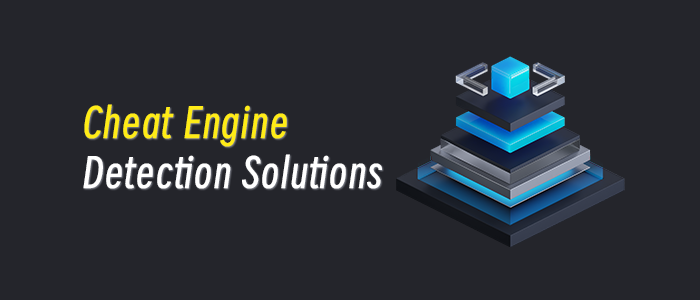
Cheat Engine Modifier Detection Solutions
March 18, 2025
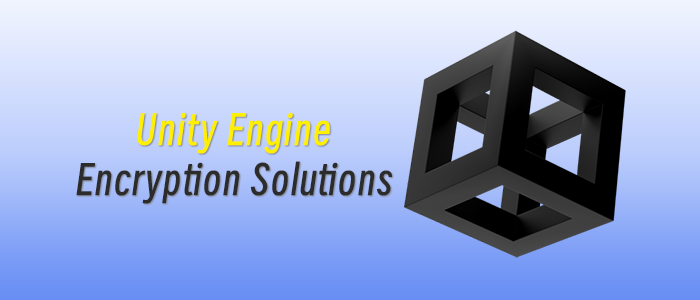
Explanation of Unity Engine Encryption Solutions
March 17, 2025

How to Anti Hack in Client-Side Games
May 21, 2025

Cocos Engine Encryption Solution
April 8, 2025

How Games Anti-Debugging
April 15, 2025

Cloud Phone Detection Solution for Gaming
May 21, 2025

How Games Detect Frida
March 25, 2025

How Games Detect PlayCover
March 26, 2025


